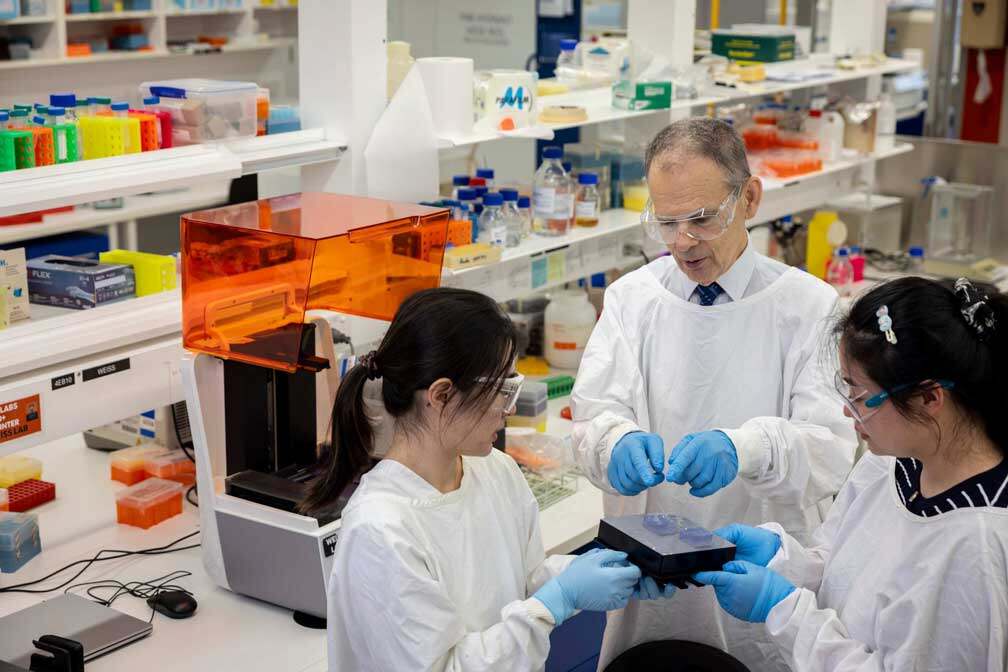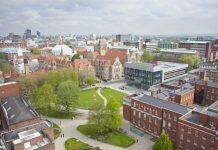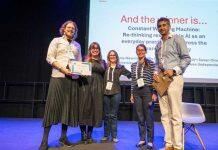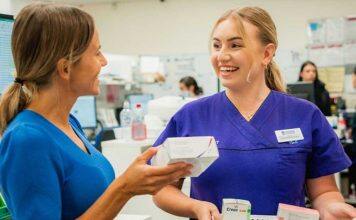How Elastagen emerged from a fledgling field to a US$260 million success story with new skin treatments and regenerative medicines.


Like a rubber band, elastin tissue allows our skin to stretch as we move, our arteries to flex with each beat, and our lungs to expand with each breath. Over 30 years, Professor Tony Weiss not only discovered the key to how this substance works in our bodies, but how it can be synthetically produced to create new treatments that speed up wound repair and support organ transplants.
After his start-up company Elastagen was sold to a US pharmaceutical heavyweight for the sum of US$260 million (A$406 million) in 2018, Professor Weiss is working as hard as ever to see his discoveries get to market while supporting Australian science and entrepreneurship.
With four clinical trials completed in Australia and Europe, and another underway in the US, Elastagen’s elastin technology is set to revolutionise treatment for acne scars, stretch marks, aesthetic skin repair and surgical wound repair.
A question of healthy ageing
Elastin in one of the longest-living tissues in the body – the elastin in a blood vessel will have gone through an estimated two billion cycles of pulsation during a person’s life.
It’s this connection to longevity that first brought Professor Weiss’s attention to the substance in the 1990s, when he was researching a rare genetic disorder that causes rapid ageing in children called Hutchinson-Gilford progeria syndrome.
“I really wanted to explore this, not only because it had the potential to help children who were experiencing cardiovascular disease, arthritis and all of these effects of ageing at such a young age, but also because I thought this had the potential to unlock our understanding of what contributes to ageing in healthy people and how we can help people live healthier, longer lives,” says Professor Weiss.
One of the few markers for diagnosing the syndrome back then was a change in the gene that produced tropoelastin – the molecular building block for elastin. This realisation hinted at the possibility that tissue elasticity is inextricably linked to our overall health.
“It was serendipitous, really,” recalls Professor Weiss. “At the time, almost no-one was working on this, so I read up on tropoelastin and travelled to an elastin conference in the US to learn more. I realised there that the field was nowhere near where I knew I could take it, and where it needed to be to really make a change for people with this condition.”






































